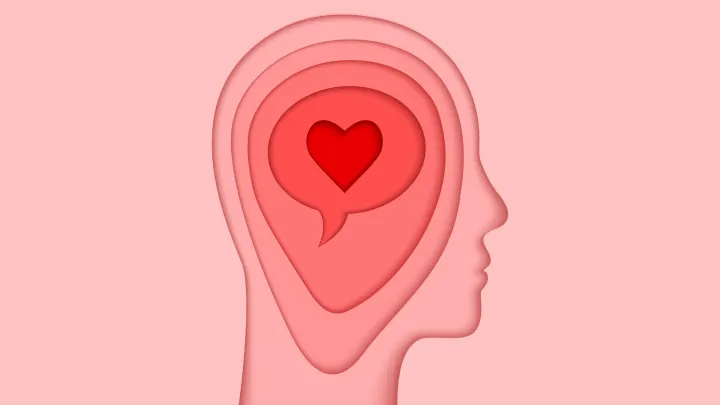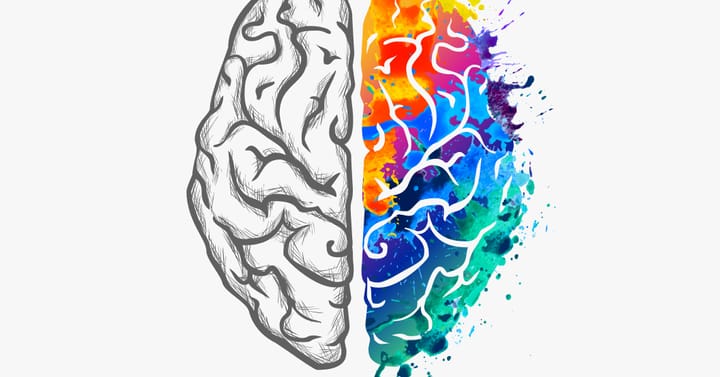3 Habits of Successful People — According to Neuroscience

In our everyday lives, habits play the leading roles, shaping the rhythm of our routines and exerting a powerful influence over our actions. Habits are what make us, us. These silent architects of our behaviors are very influential, with approximately 70 percent of our waking moments guided by these ingrained patterns. Recognizing this profound impact of habits sparks a fascinating discussion of the nuances of habit formation, maintenance, and the strategies that empower us to break free from unwanted cycles. In his podcast — The Huberman Lab — Dr. Andrew Huberman discusses the 3 most influential habits practiced by successful people. When I implemented these 3 habits into my daily life, it definitely gave my habits a new direction and foundation. I think of these habits as “keystone habits”, a term coined in the book “The Power of Habits” which refers to foundational routines that help with the formation of new habits. I hope you enjoy this read!
1. Procedural Visualization: Crafting Mental Blueprints for Habitual Success
Procedural memory, a crucial aspect of habit formation, involves remembering the sequence of actions needed for a specific outcome. When adopting a new habit, like making a cup of espresso every morning, engage in a simple yet powerful exercise — visualize each step. This mental rehearsal creates a detailed blueprint in your mind, making it more likely for the habit to become ingrained. It also helps you be more present in the moment and give 100% to what the task you are performing now. This increases concentration and becomes a subconscious habit that translates to more important tasks as well. By walking through the specific sequence of actions mentally, you pave the way for smoother execution in reality. This technique is a practical tool grounded in neuroscience that facilitates overcoming the initial barrier known as limbic friction.
2. Task Bracketing: Navigating Your Brain’s Decision Circuits
Imagine your brain has a control center for habits, like pressing “start” and “stop” buttons. Well, that’s what task bracketing is about — navigating these buttons. Picture yourself deciding to exercise every day. Your brain has circuits that make you want to start (the “go” button) and others that make you want to stop (the “no-go” button). Some people find it easy to start but tough to stop, while others struggle to get going but find it effortless to quit. It’s like having a balance between wanting to do something and stopping yourself from doing it. This balance is managed by circuits deep inside your brain known as the basal ganglia.
Now, if you want your new exercise routine to stick, you need these circuits to create a strong neural fingerprint, almost like a habit stamp. This stamp ensures your brain recognizes exercise as something it should do, regardless of how you feel that day. Task bracketing makes your habit less dependent on things like being in a good mood or not being too busy. It’s like setting the “exercise” button to automatic, making your habit more likely to happen consistently.
3. Positive Anticipation: Elevating Habits with Dopamine-driven Excitement
Positive anticipation injects an element of excitement into habit formation by focusing on the events preceding and following the habit. This process is intricately linked with dopamine, a neurotransmitter associated with pleasure and reward. Imagine adopting a morning exercise routine; anticipating the post-workout sense of accomplishment triggers dopamine release, reinforcing the habit loop. By consciously associating positive emotions with the habit’s entire journey — from preparation to completion — you create a neural connection that strengthens over time. Positive anticipation not only enhances mood but also solidifies the habit’s position in your routine. However, it is important to not use opposing habits as rewards. For example, don’t treat yourself with soda after a workout and listen to your favorite podcast instead. It is important to be intentional about the rewards to ensure that they don’t nullify the impact of your core habit.
In conclusion, understanding the neuroscience of habits provides a profound perspective on habit formation. Procedural visualization, task bracketing, and positive anticipation are not just abstract concepts; they are tangible tools backed by science. By incorporating these insights into your daily life, you embark on a journey guided by the intricate workings of your brain, making habit formation a more intuitive and sustainable process. These neuroscience-based strategies serve as a roadmap, empowering you to build and maintain habits that align with your goals and contribute to your overall well-being.


